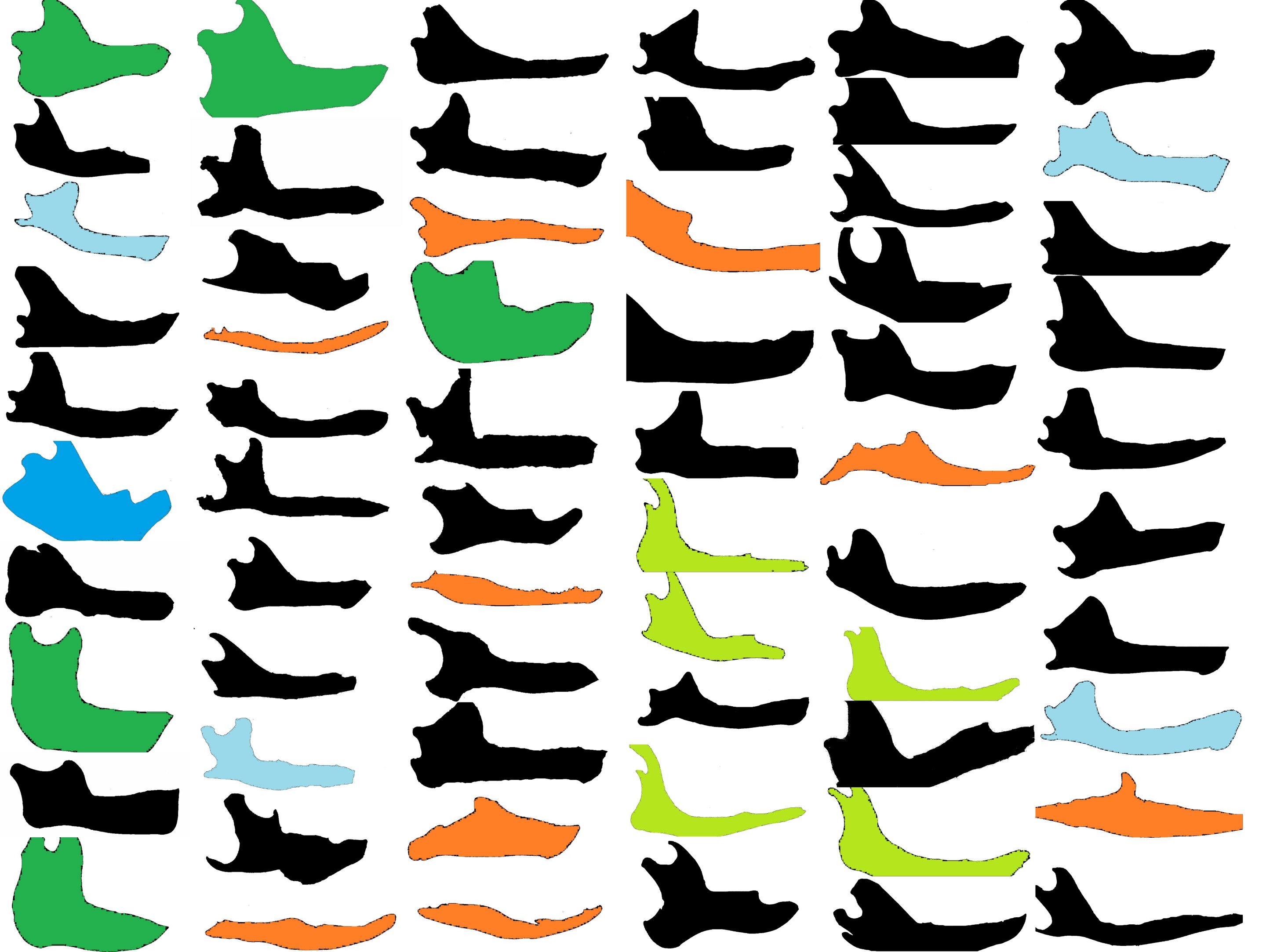Astonishing Diversity in Lower Jaw Shapes of Vertebrates
From the massive jawbones of blue whales to the formidable jaws of hyenas and the delicate chins of humans, mammalian lower jaws have evolved with remarkable variation. Despite having a single bone on each side, mammals seem to hold their own against vertebrates with multiple jawbones. Paleontologist Jack Tseng from UC Berkeley aimed to determine if the single bone structure of mammalian jaws truly provided an advantage over other vertebrates. Tseng constructed a database of more than 1,000 vertebrate jaws and printed 3D models to test their strength. Surprisingly, Tseng’s research concluded that having multiple bones in the jaw actually gives animals an advantage in biting, providing flexibility and speed. Conversely, the single bone structure of mammalian jaws limits their evolution. This limitation, however, has not prevented mammals from adapting and consuming a diverse range of foods. A stiff mandible is a distinguishing trait of mammals, regardless of their specific diet.
Mammals’ loss of additional bones in their lower jaws was not truly a loss at all. Instead, these extra bones, which were clustered around the hinge between the lower and upper jaw, evolved into the inner ear of mammals. Tseng believes this evolution afforded mammals better hearing capabilities compared to other vertebrates. The rigidity of mammalian jaws is thus a consequence of this transition to a more complex inner ear. Although mammalian jaws are stiff, their descendants have been able to vary their jaw shape to meet different needs. Tseng’s research highlights the need for scientists to investigate the genetic basis underpinning this evolution and to understand how it has helped mammals adapt to different environments throughout history.
Tseng’s co-authors on this study are Sergio Garcia-Lara and Emily Holmes from UC Berkeley, John Flynn from the American Museum of Natural History, Timothy Rowe from the University of Texas at Austin, and Blake Dickson from Duke University. Tseng plans to expand his research database to include more vertebrate species and hopes others will explore the genetic aspects of mammals’ transition to a complex ear structure and a simple bone structure in the lower jaw. This study opens up new avenues for understanding mammalian jaw biomechanics and their adaptation to diverse environments.
Denial of responsibility! SamacharCentrl is an automatic aggregator of Global media. In each content, the hyperlink to the primary source is specified. All trademarks belong to their rightful owners, and all materials to their authors. For any complaint, please reach us at – [email protected]. We will take necessary action within 24 hours.

Shambhu Kumar is a science communicator, making complex scientific topics accessible to all. His articles explore breakthroughs in various scientific disciplines, from space exploration to cutting-edge research.


